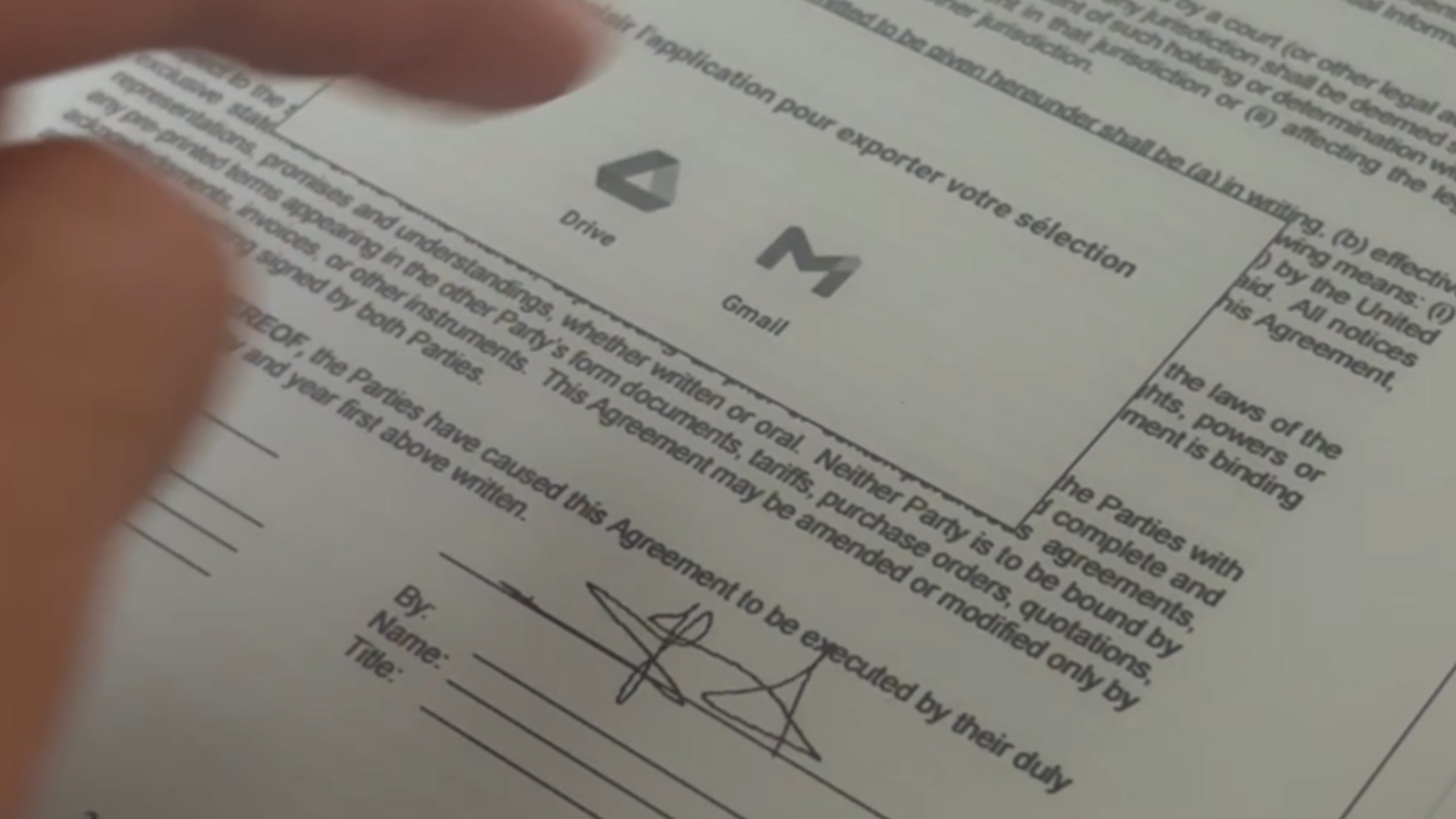The Risks of AI in Schools: Between Opportunity and Vigilance
Artificial Intelligence (AI) is making a strong entrance into the classroom. From text generation tools to homework assistants and adaptive learning platforms, the promises are numerous. Yet this rapid evolution also raises important questions. What are the risks of AI in schools, and how can we strike the right balance between innovation and pedagogy?
The temptation of “ready-made thinking”
Generative tools such as ChatGPT or other writing assistants provide instant support for drafting essays, solving problems, or explaining complex concepts. But when used without guidance, they can become shortcuts that deprive students of the intellectual effort needed for true learning.
The risk is twofold. Students may lose autonomy in their reasoning, and they may also become increasingly dependent on the tool at the expense of critical thinking.
The question of reliability
AI is based on statistical models, and its answers are not always correct. Factual errors, biases, or oversimplifications can appear in generated content. For students, distinguishing between accurate and inaccurate information becomes a challenge, particularly in a context where speed often outweighs careful verification.
Impact on assessment and academic integrity
Teachers face another major concern: how can student work be fairly assessed if AI was used to produce it? Anti-plagiarism tools struggle to keep up with the pace of technological innovation. This uncertainty raises doubts about the authenticity of assignments and makes it harder to evaluate a student’s true understanding and contribution.
Ethical issues and data privacy
The use of AI in education also raises questions about data collection. What information about students is being captured? How is it stored and used? Transparency and privacy protection must remain central to any educational initiative involving AI.
Toward responsible use: the example of note-taking
The challenge is not to ban AI from schools but to use it wisely. One area where AI brings clear and measurable value is note-taking.
This is precisely where Paperslate positions itself. Our digital notebook does not replace the student’s intellectual effort, it enhances it. Students continue to write by hand, remaining fully engaged in their learning, while benefiting from modern tools that make their work easier to organize and share.
Handwritten notes are automatically transcribed into Word or PDF. Mathematical formulas, diagrams, and equations are recognized with accuracy. Documents can be imported, annotated, and even signed directly on the device. Files can be exported in a single click by email or synchronized with a computer. Soon, Paperslate will also support direct export to LaTeX.
With Paperslate, AI is not a shortcut that undermines learning. It is a lever that preserves the authenticity of handwriting while integrating smoothly into the digital academic environment.
Sources
- UNESCO (2023). AI and Education: Ethical and Pedagogical Challenges.
- EdTech Magazine (2025). AI Trends in Ed Tech to Watch.
- Exploding Topics (2025). Emerging Education Trends.
- Mueller, P. A., & Oppenheimer, D. M. (2014). The Pen Is Mightier Than the Keyboard: Advantages of Longhand Over Laptop Note Taking. Psychological Science.




Leave a comment
This site is protected by hCaptcha and the hCaptcha Privacy Policy and Terms of Service apply.